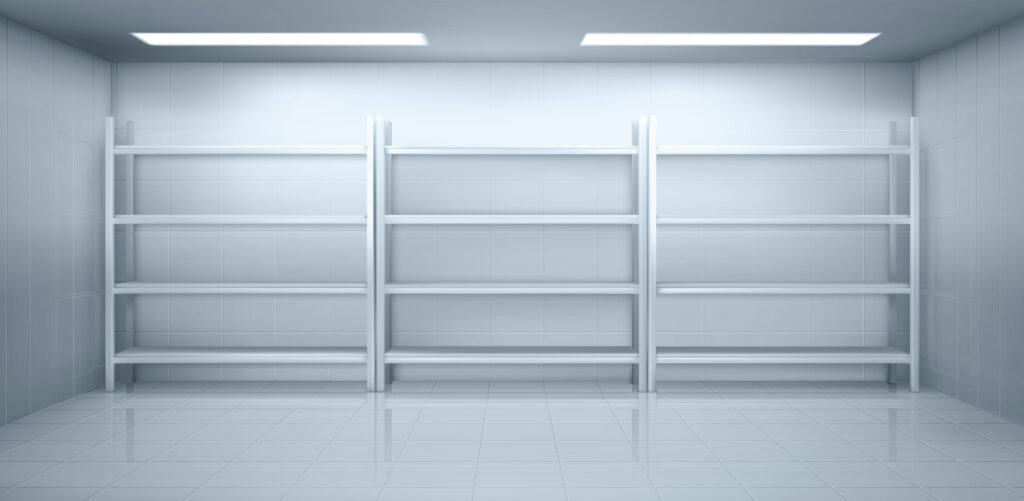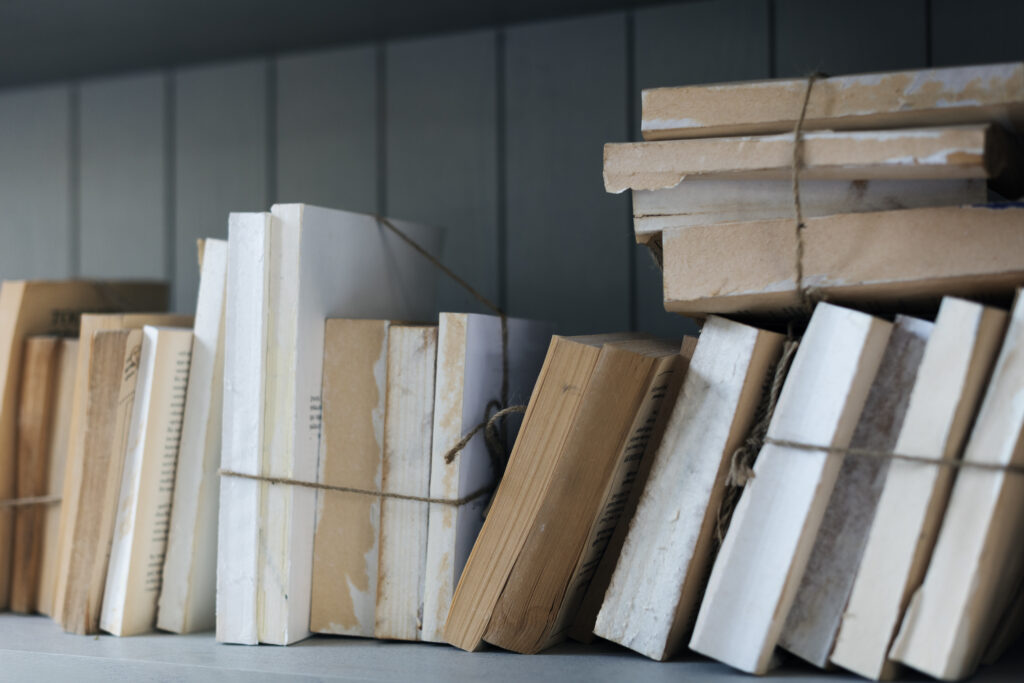
Renting a storage unit is an excellent way to free up space in your home, store seasonal or sentimental items, or keep your business inventory organized. However, without a proper plan, your storage unit can quickly become a cluttered mess, making it difficult to find what you need. By implementing smart organization techniques, you can optimize your storage space, protect your belongings, and ensure easy access to stored items. Learning how to organize your storage unit effectively will save you time and frustration in the long run.
1. Start with a Plan

Effective storage unit organization begins with a solid plan. Assess the items you plan to store and group them into categories. Decide which items you may need to retrieve frequently, such as seasonal clothing or important documents, and prioritize placing them near the front of the unit.
Measure Your Space: Before moving your items, measure the storage unit and note its dimensions. This helps you determine the best layout for your belongings.
Create a Sketch: Draw a rough map of the storage unit and allocate space for large furniture, stackable boxes, and open pathways.
A clear plan prevents unnecessary rearranging later and saves time when searching for specific items.
2. Use Uniform Boxes and Label Everything

One of the best ways to keep a storage unit organized is to use uniform-sized boxes or storage bins. Consistent sizes make it easier to stack boxes securely, which helps maximize vertical space and reduces the risk of items toppling over.
Sturdy Boxes: Use durable, high-quality boxes or plastic bins to protect your belongings from damage.
Clear Bins: Opt for transparent bins for items you may need to access frequently, as they allow you to see contents at a glance.
Label Each Box: Write detailed labels on all sides of each box. Include the category (e.g., “Holiday Decorations”) and a brief list of contents. Color-coded labels can also help distinguish between types of items.
3. Maximize Vertical Space with Shelving

Storage units often have high ceilings, which means you can take advantage of vertical space to store more items. Adding portable shelving units can help you organize and access your belongings more effectively.
Invest in Adjustable Shelves: Adjustable shelves are versatile and can accommodate bins, boxes, and oddly shaped items.
Safety First: Place heavier items on lower shelves to prevent the unit from becoming top-heavy and unstable.
Stacking boxes is another great way to utilize vertical space, but be sure to keep the heaviest and sturdiest boxes at the bottom to avoid crushing lighter or fragile items.
4. Disassemble Large Items

Bulky furniture and appliances can take up a significant amount of space. Whenever possible, disassemble large items to make them easier to store.
Examples of Disassembly: Remove table legs, dismantle bed frames, and take apart shelves or desks.
Store Hardware Securely: Place screws, bolts, and small parts in labeled plastic bags and tape them to the disassembled pieces.
Storing furniture in this way not only saves space but also reduces the risk of damage.
5. Create a Pathway for Easy Access

A common mistake when organizing a storage unit is packing it too tightly. Without a clear pathway, retrieving specific items can be challenging and time-consuming.
Leave a Walkway: Arrange boxes and furniture along the walls and leave a central aisle to access items at the back.
Use Labeled Zones: Divide your storage unit into zones for specific categories, such as “Seasonal,” “Sports Equipment,” and “Household Items.”
A clear layout makes it easier to locate and retrieve items without having to move everything around.
6. Protect Delicate or Sensitive Items

If you’re storing valuable or temperature-sensitive items, consider renting a climate-controlled storage unit. These units maintain stable temperatures and humidity levels, protecting items such as:
- Electronics
- Wooden furniture
- Musical instruments
- Photographs and artwork
- Antiques and collectibles
Wrap delicate items in bubble wrap or packing paper and use protective covers for furniture to prevent scratches or damage during storage.
7. Elevate Items to Prevent Damage

Moisture and pests can pose risks in storage units, especially in non-climate-controlled spaces. Elevating items off the ground can provide an extra layer of protection.
Use Pallets or Risers: Wooden pallets or plastic risers can keep boxes and furniture off the floor, reducing the risk of water damage.
Invest in Shelving: As mentioned earlier, shelving units are also a great way to elevate items and keep them organized.
Adding moisture-absorbing products like silica gel packs or charcoal can help protect your belongings from humidity.
8. Store Items Strategically

The way you arrange items in your storage unit can have a significant impact on how easy it is to find and retrieve them later.
Heavy Items on the Bottom: Stack heavier boxes and bins at the bottom of piles to create a stable base.
Frequently Used Items Near the Front: Place items you’ll need to access often, such as seasonal decorations or important documents, near the entrance.
Group Similar Items: Keep related items together to make them easier to find. For example, store kitchenware in one area and holiday decorations in another.
9. Utilize Storage Unit Hacks

Small adjustments and creative solutions can make a big difference in how effectively you use your storage space.
Vacuum-Sealed Bags: Use vacuum-sealed bags for clothing, bedding, or linens to save space.
Furniture Storage: Store smaller items inside larger furniture, such as placing books or DVDs in a dresser drawer.
Hooks and Pegboards: If allowed by your storage facility, install hooks or pegboards to hang tools, bikes, or sports equipment.
10. Regularly Check and Maintain Your Storage Unit
![]()
A well-organized storage unit requires occasional upkeep. Regularly visit your unit to:
- Ensure items are in good condition.
- Update your inventory list.
- Rearrange boxes and furniture as needed to maintain accessibility.
This habit prevents your storage unit from becoming cluttered over time.
How Moishe’s Self Storage Can Help

Moishe’s Self Storage provides a comprehensive solution for all your storage needs, offering secure, climate-controlled units in a variety of sizes to accommodate everything from a few boxes to the contents of an entire home. Whether you’re storing personal belongings, seasonal items, or business inventory, Moishe’s ensures your items are safe with advanced security features like 24/7 video surveillance, individually alarmed units, and on-site personnel. For temperature-sensitive items like electronics or antiques, their climate-controlled units provide optimal conditions, protecting your belongings from heat, cold, and humidity.
What sets Moishe’s apart is their customer-focused services, including free pickup within select areas, flexible leasing options, and expert assistance to help you maximize your storage space. Their clean, well-maintained facilities ensure a pest-free environment, so your items remain in excellent condition. With Moishe’s, you get a stress-free, reliable storage experience tailored to your needs. Contact them today to discover how they can simplify and enhance your self-storage journey!
Frequently Asked Questions
1. How to properly organize a storage unit?
Start by creating a layout plan, using uniform boxes, and labelling all items. Maximize vertical space with shelves, disassemble large items, and create a clear pathway for easy access.
2. How do you organize inventory in a storage unit?
Organize inventory by grouping similar items together, labelling boxes clearly, and using a color-coded system for easy identification. Maintain an updated inventory list for quick reference.
3. How to elevate items in a storage unit?
Elevate items using wooden pallets, plastic risers, or shelving units to protect them from moisture and pests.
4. How to make the most of your storage unit?
Use vertical space, disassemble large furniture, and implement storage hacks like vacuum-sealed bags or pegboards. Keep frequently accessed items near the front.
5. What to put in a storage unit to keep bugs away?
Use natural repellents such as cedar blocks, mothballs, or essential oils. Keep items in sealed, airtight containers and avoid storing food or perishables.
6. How to organize your storage unit effectively?
Start with a plan, use quality packing materials, and maintain a clear layout. Regular maintenance ensures the unit remains functional and accessible.
7. What is self storage and how to organize a storage unit in it?
Self storage offers flexible space for storing personal or business items. Organize a self-storage unit by using shelving, labelling boxes, and creating zones for different categories of items.
